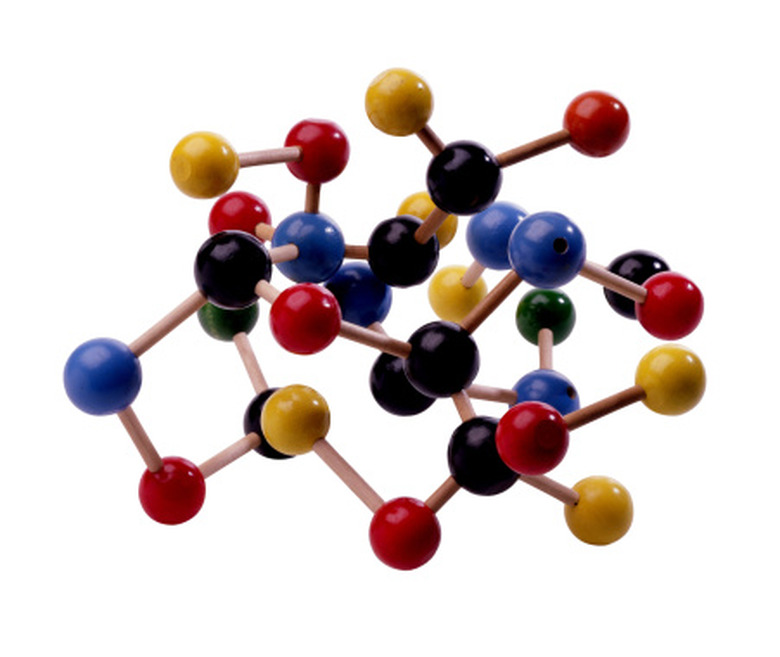How To Calculate Valence
While all things on our planet are made up of individual atoms and elements, the differences between objects and species lies in the ability for elements to combine with other elements. The valency of an element, which is determined by the number of electrons in its outermost shell, measures its compatibility with other elements. While elements with eight electrons on its outer shells are considered stable, elements with only six or seven tend to form a multi-molecule bond with elements that only have one or two electrons on its outer shell.
Step 1
Familiarize yourself with the electronic configuration of each shell level. Each atom has two electrons on its innermost shell and up to eight electrons on each shell after that. For example, since Lithium has three electrons, it will have two electrons in its inner shell and one electron on its outer shell.
Step 2
Find the atomic number of the element to determine the number of electrons on its outer shell. For example, the Potassium (K) element has an atomic number of 19. Therefore, it will have one electron on its outer shell because it has two electrons in its inner-most shell, eight on its second shell, eight on its third shell and only one on its outer fourth shell (2 + 8 + 8 + 1 = 19).
Step 3
Subtract the number of electrons on the outermost shell of the atom by eight to obtain the number of valence electrons. For example, if the outermost shell of Potassium contains only one electron, the number of valence electrons is seven (8 – 1 = 7)
Cite This Article
MLA
Lin, Chang. "How To Calculate Valence" sciencing.com, https://www.sciencing.com/calculate-valence-8566718/. 24 April 2017.
APA
Lin, Chang. (2017, April 24). How To Calculate Valence. sciencing.com. Retrieved from https://www.sciencing.com/calculate-valence-8566718/
Chicago
Lin, Chang. How To Calculate Valence last modified March 24, 2022. https://www.sciencing.com/calculate-valence-8566718/
